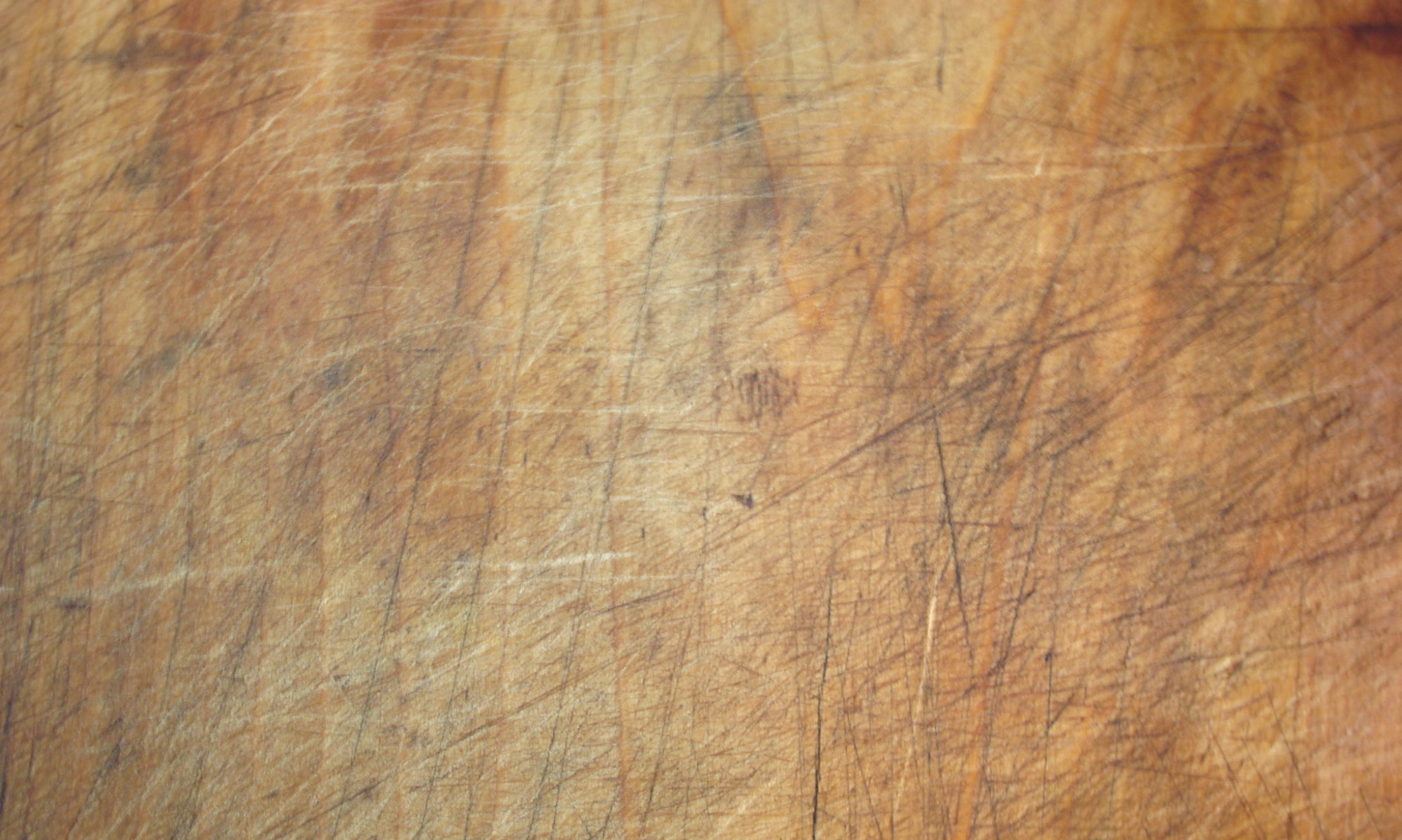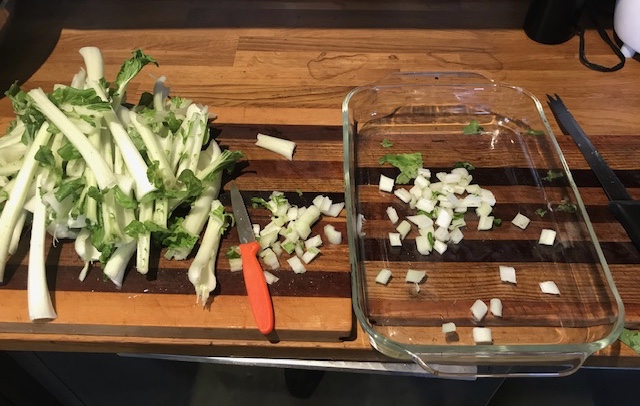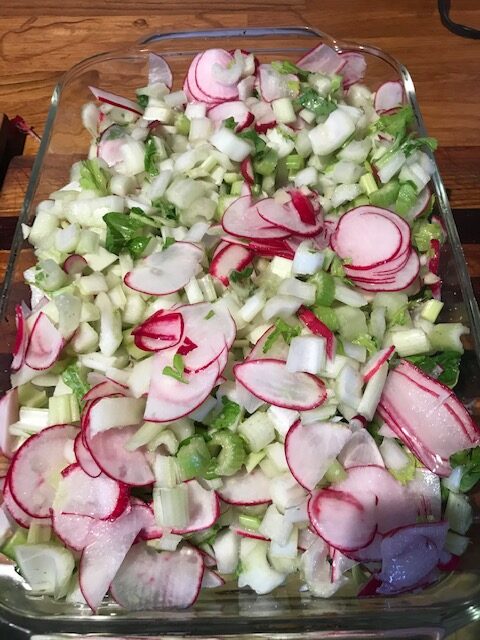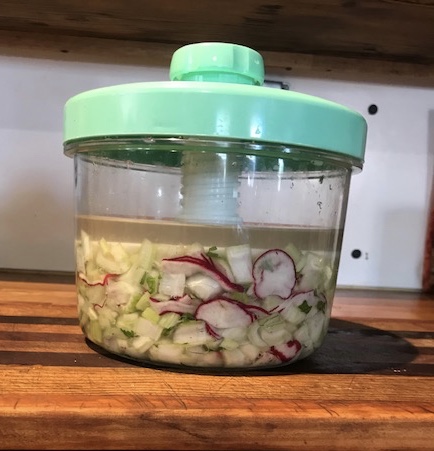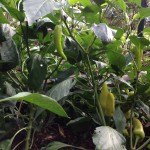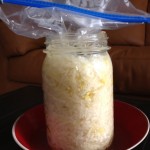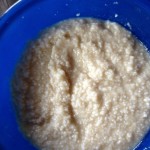 If you are looking to add more fermented foods into your diet this summer, try making shio-koji(salt koji). It’s uber-easy and extra tasty. Koji, rice inoculated with the Aspergillus oryzae spores, is commonly used in making traditional Japanese fermented foods like miso, sake and soy sauce, but it is also used to make this salt seasoning which is made from just three ingredients: koji, salt and water. Left on the kitchen counter for one to two weeks, and stirred once a day, it will ferment into sweet/salty creaminess.
If you are looking to add more fermented foods into your diet this summer, try making shio-koji(salt koji). It’s uber-easy and extra tasty. Koji, rice inoculated with the Aspergillus oryzae spores, is commonly used in making traditional Japanese fermented foods like miso, sake and soy sauce, but it is also used to make this salt seasoning which is made from just three ingredients: koji, salt and water. Left on the kitchen counter for one to two weeks, and stirred once a day, it will ferment into sweet/salty creaminess.

Although it can be used simply as a salt substitute on all foods, one of my favorite ways to use shio-koji is for an overnight ferment on garden vegetables like root vegetables (especially radishes and turnips), or sugar snap peas, peppers and cucumbers. Immerse vegetables (whole or sliced) into the mixture; the next day serve them as side dishes to meals or add them in salads.

On raw salads, I enjoy using shio-koji is as a stand alone addition or in a dressing of olive oil and rice wine vinegar. One tablespoon will give that mystifying savory sweet & salty umami taste which will keep your dinner guests guessing and wanting more.
A common and delicious way to use shio-koji is as a marinade for tofu, beef, pork, chicken or fish. It tenderizes and brings out natural umami. Just coat your tofu, meat or fish with the shio-koji and put it in the refrigerator overnight, then bake or grill.
I know I sound all ga-ga about shio-koji, just like the nukazuke pickles, but it’s the kind of stuff I love having around my kitchen because it lends itself to experimentation and fermentation is my preferred method to get probiotics into my body. With lots of fresh garden veggies and summer grilling, shio-koji brings sparkly savory sweet/salty flavors to the table. If you make shio-koji, let me know all the ways you use it.
You can buy koji at most Asian Markets in the refrigerated section. Cold Mountain sells Koji in a 16 ounze container. I like to double or triple this recipe for a larger batch. This is a 6 ferment which lasts longer than a 3 percent ferment and has a sharp clean flavor.
Shio-koji Recipe
from Miso, Tempeh, Natto and other tasty ferments by Kristen and Christopher Shockey
3 tablespoons salt
1.5 cups dried koji
2-3 cups water, boiled and cooled, to fill quart jar.
Mix salt and koji in a bowl and mix well. Place mixture in quart jar and add water. Cover with cheesecloth and secure with rubber band. Ferment for 1-2 weeks. Outside temperatures will influence how long it takes to ferment. Stir every day. It’s ready when the sharply salty taste balances with a sweet taste. Keep in refrigerator in glass container with lid.
Like this:
Like Loading...
